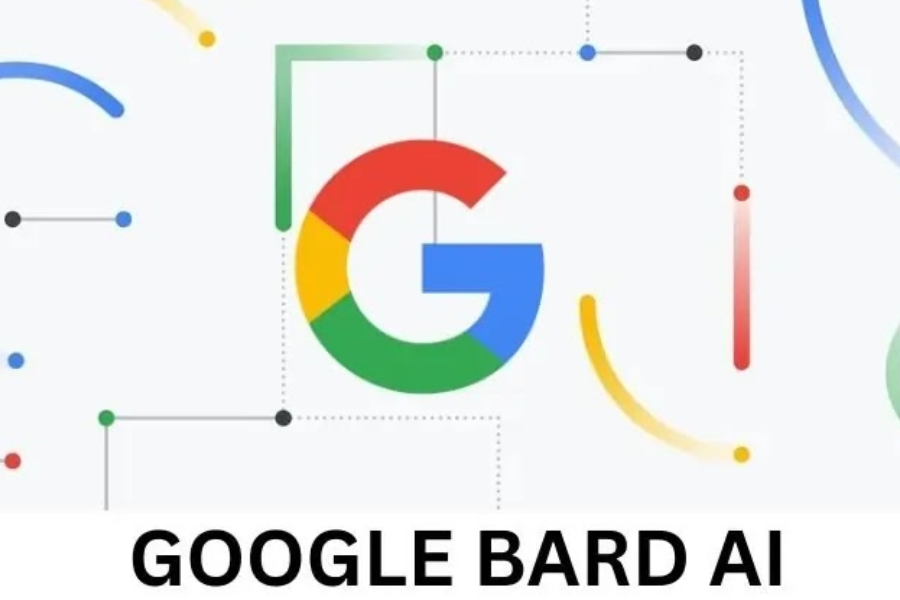It has been a month since Google announced Bard, a generative AI chatbot that is meant to rival OpenAI’s ChatGPT. But before it even made waves among millions of users eager to see what Artificial Intelligence magic it could conjure up, Bard hit a few snags when it reportedly disappointed a large number of early testers.
Bard users have reported numerous “wrong and weird” and extraordinary responses that suggest the chatbot may have taken a hit and was hallucinating at some point during early testing.
Google’s stocks immediately took a hit and dropped a few percentage points in value as soon as news of these mistakes was reported by early testers. However, this did not stop the tech giant from fully releasing Bard AI on Tuesday, first to US and UK users and then to the rest of the world.
Admittedly, Google insists that Bard will be making mistakes, and it will continue to do so until it perfects itself.
Bard, the California-based tech juggernaut’s response to Microsoft’s Bing Chat and OpenAI’s ChatGPT, differs from Bing Chat in that it generates all of the information provided by the model rather than retrieving search results.
Despite this, the AI chatbot’s purpose is to assist users in generating ideas and responding to inquiries. Google envisions Bard as an essential aspect of the Google Search experience.
Google CEO Sundar Pichai said last month that in the past year, the company has been working on an experimental conversational AI service powered by LaMDA, or Language Model for Dialogue Applications, their next-generation language and conversation development.
Following the initial experience of a few trusted testers, the company announced on Tuesday that it is launching Bard AI in the United States and the United Kingdom, followed by other key locations around the world.
According to Pichai, Bard seeks to combine the breadth of the world’s knowledge with the power, intelligence, and creativity of our large language models.
“It [Bard] draws on information from the web to provide fresh, high-quality responses.” “Bard can be an outlet for creativity and a launchpad for curiosity, helping you to explain new discoveries from NASA’s James Webb Space Telescope to a 9-year-old or learn more about the best strikers in football right now and then get drills to build your skills,” he said in a media statement.
Unlike ChatGPT, Bard provides multiple versions or drafts of responses to your queries after a month, allowing you to select the most appropriate one. It also has a helpful feature called the “Google it” button, which transforms your prompt into a search engine-optimized question and directs it to Google Search.
Google VP for Product Sissie Hsiao and VP for Research Eli Collins revealed in a blog post that Bard allows users to collaborate with generative AI as an early experiment for the company. This follows the firm’s announcements from last week that they will continue to provide people, businesses, and communities with beneficial AI experiences.
“You can use Bard to boost your productivity, accelerate your ideas, and fuel your curiosity. You might ask Bard to give you tips to reach your goal of reading more books this year, explain quantum physics in simple terms, or spark your creativity by outlining a blog post. We’ve learned a lot so far by testing Bard, and the next critical step in improving it is to get feedback from more people.”
“Bard also offers a range of benefits, including increased productivity, accelerated ideation, and heightened curiosity,” the company executives said.
Users can also leverage Bard to receive recommendations on achieving reading goals this year, obtaining an uncomplicated explanation of quantum physics, or igniting their creativity by outlining a blog post.
“Our early testing of Bard has been informative, and now we’re eager to gather feedback from a broader audience as we work to enhance the tool,” the company said.
Read More Stories: Microsoft 365 integrates AI-powered productivity features with Copilot
